Uncommon Plants to Grow Hydroponically
If you are like me, you want to do something “different”. Hydroponic gardening is a fascinating world where plants thrive without soil, relying instead on nutrient rich water solutions. For beginners, it might seem like a futuristic concept, but it’s actually a practical and efficient way to grow plants. What’s even more exciting is that hydroponics opens the door to cultivating uncommon plants that might struggle in traditional soil gardens. In this post, we’ll explore some of these unique plants, from exotic herbs to unusual fruits, and why they’re perfect for your hydroponic setup.
Introduction to Hydroponics and Uncommon Plants
What is Hydroponics?
Hydroponics is a method of growing plants without soil, using mineral nutrient solutions in water. This system allows for precise control over nutrients, pH, and environmental conditions, which can lead to faster growth and higher yields compared to traditional gardening.
Why Grow Uncommon Plants Hydroponically?
Why Not?
While lettuce, basil, and tomatoes are hydroponic staples, there’s a whole world of uncommon plants that can thrive in a controlled hydroponic environment. These plants often have specific needs that are easier to meet in hydroponics, such as consistent moisture or tailored nutrient levels. Plus, growing less-common plants can add diversity to your garden, both aesthetically and nutritionally.
The Importance of Diversifying Your Garden
Diversifying your hydroponic garden isn’t just about aesthetics, it’s about creating a more resilient and ecologically balanced system. Uncommon plants can introduce new flavors, nutrients, and even pest-resistant qualities to your garden. They also help support biodiversity, which is crucial for a healthy ecosystem.
Exotic Herbs for Culinary and Medicinal Use
Uncommon Culinary Herbs
If you’re tired of the usual basil and parsley, why not try growing Vietnamese coriander or Mexican tarragon? Vietnamese coriander has a peppery, spicy flavor that’s perfect for Southeast Asian dishes, while Mexican tarragon offers a licorice like taste that’s a great substitute for French tarragon.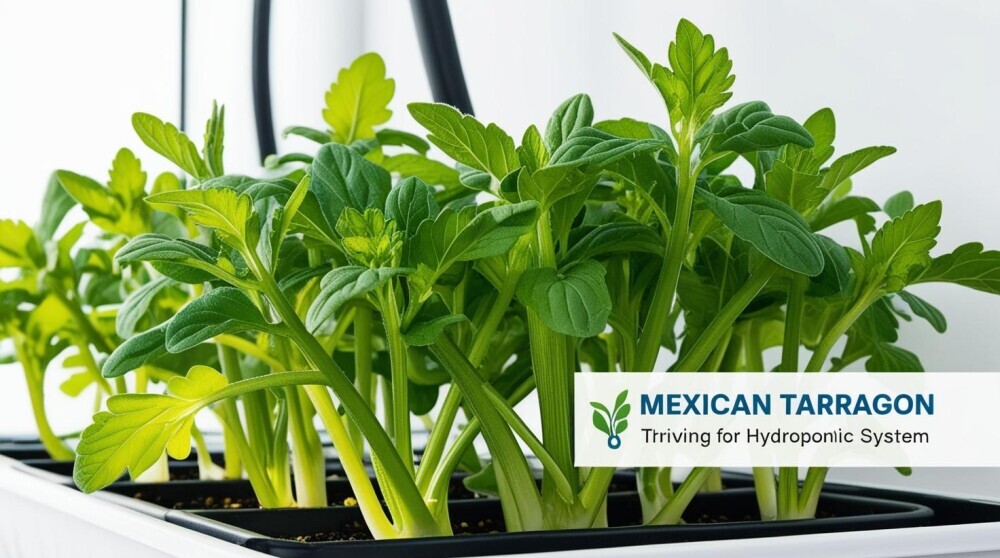
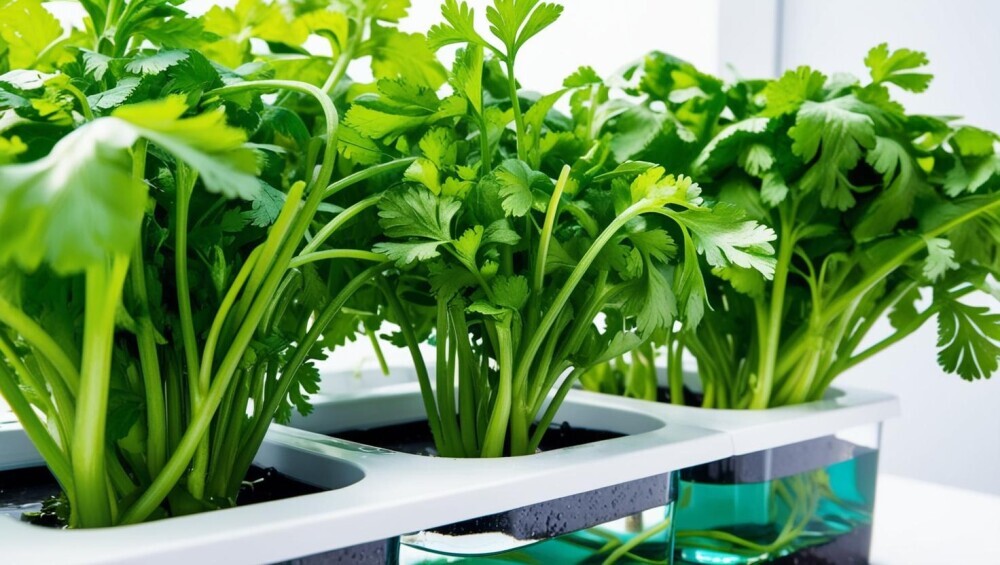
These herbs thrive in hydroponic systems because they love consistent moisture and controlled nutrient levels. Plus, growing them hydroponically ensures they retain their authentic flavors, which can sometimes be lost in soil-grown plants.
Medicinal Herbs
Herbs like gotu kola and Indian pennywort are not only culinary delights but also medicinal powerhouses. Gotu kola is known for its cognitive-enhancing properties, while Indian pennywort is celebrated for its anti-inflammatory and skin-healing benefits.
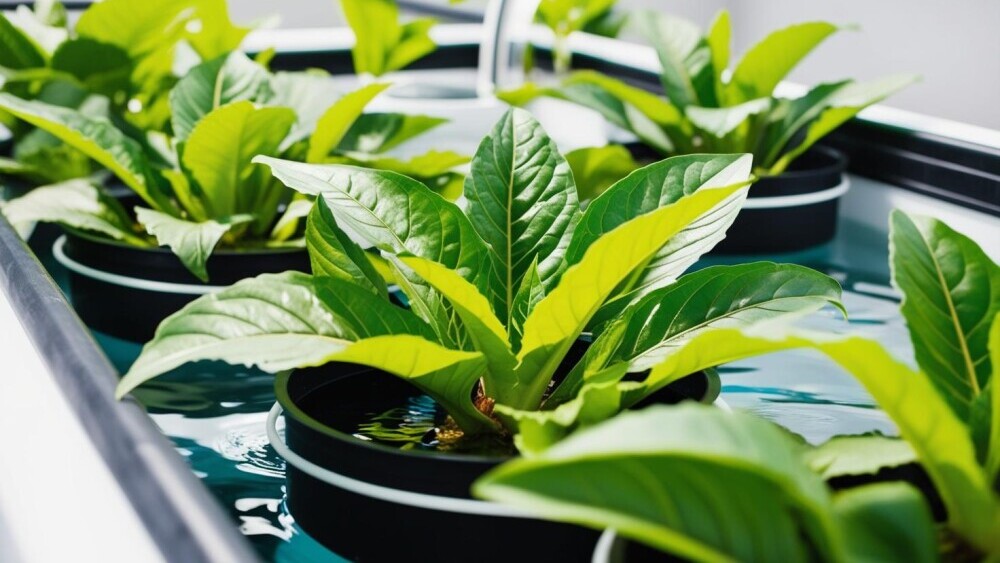
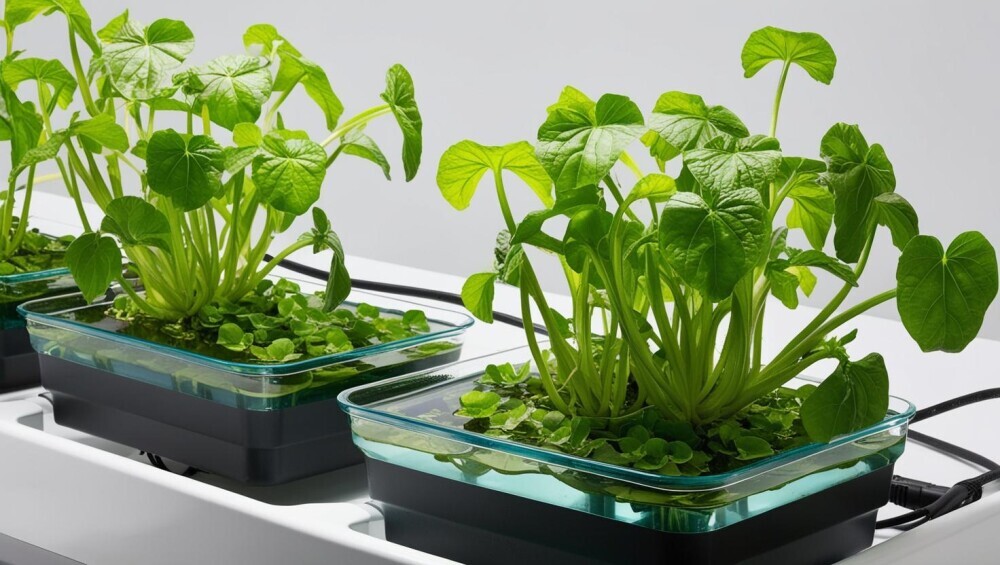
In a hydroponic system, these herbs can grow faster and produce higher concentrations of active compounds, making them more potent for medicinal use.
Flavor and Potency
One of the biggest advantages of hydroponic herbs is the ability to control their growing conditions. This means you can optimize their flavor and potency, ensuring you get the most out of every leaf.
Unusual Leafy Greens Packed with Nutrition
Rare Greens to Try
Move over, kale and spinach, there’s a whole world of unusual leafy greens waiting to be explored. Malabar spinach, for example, is a vining green that’s not technically spinach but has a similar taste and texture. It’s rich in vitamins A and C and thrives in warm, humid conditions, making it perfect for hydroponics.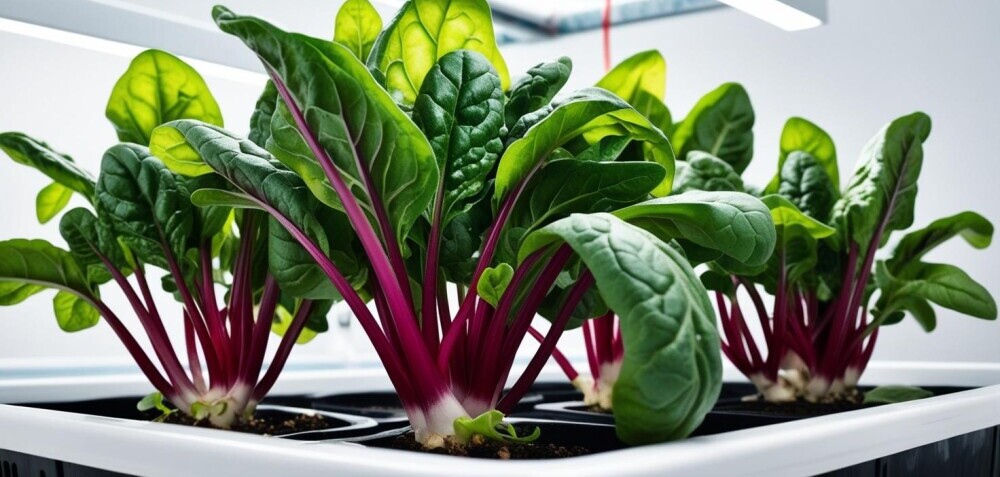
Another standout is amaranth, a nutrient-dense green that’s packed with protein, iron, and calcium. Its vibrant leaves can add a pop of color to your garden and your plate.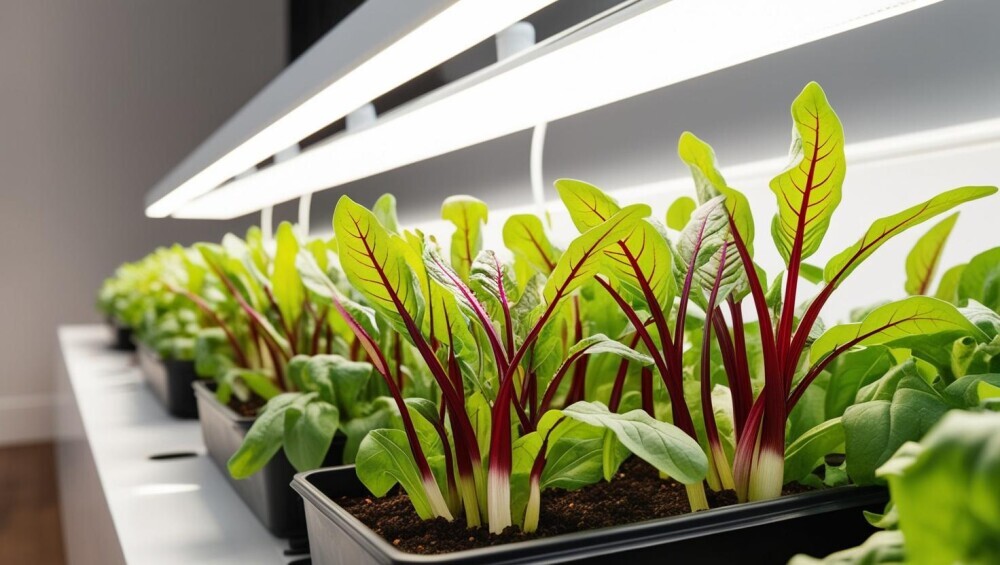
Nutritional Benefits
These uncommon greens often outshine their more popular counterparts in terms of nutrition. For instance, Malabar spinach is high in antioxidants, while amaranth is a complete protein, containing all nine essential amino acids.
Growing Tips
To keep these greens healthy in a hydroponic system, ensure they get plenty of light and maintain a balanced nutrient solution. Malabar spinach, for example, loves warmth, so keep your system in a sunny spot or under grow lights.
Fascinating Flowers for Aesthetic and Practical Purposes
Unique Hydroponic Flowers
Flowers aren’t just for decoration, they can be both beautiful and practical. Nasturtiums, for example, are not only vibrant and eye catching but also edible, with a peppery flavor that’s perfect for salads. Edible chrysanthemums are another great choice, offering a slightly bitter taste that’s popular in Asian cuisine.
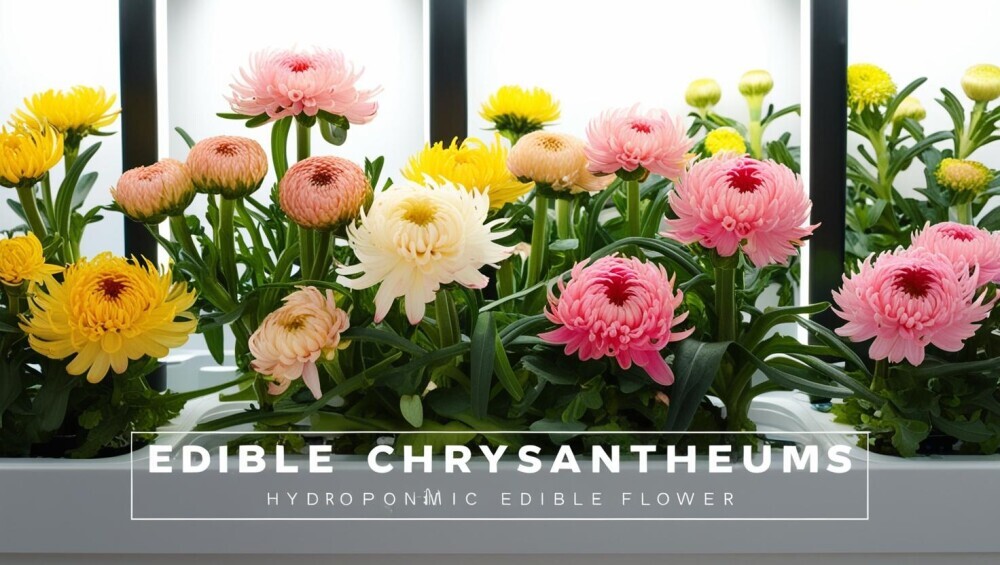
Culinary and Medicinal Uses
These flowers aren’t just pretty faces. Nasturtiums are rich in vitamin C and have antimicrobial properties, while chrysanthemums are used in traditional medicine to treat everything from headaches to inflammation.
Beauty and Utility
Growing flowers hydroponically allows you to enjoy their beauty and utility year-round. Plus, hydroponic systems can enhance their growth, resulting in larger, more vibrant blooms.
Unique Fruits: Adding Flavor and Diversity
Less-Common Fruits to Grow
If you’re ready to take your hydroponic garden to the next level, consider growing fruits like dragon fruit or dwarf passion fruit. Dragon fruit, with its striking appearance and sweet, kiwi like flavor, is surprisingly easy to grow hydroponically. Dwarf passion fruit, on the other hand, is a compact plant that produces tangy, aromatic fruits perfect for juices and desserts.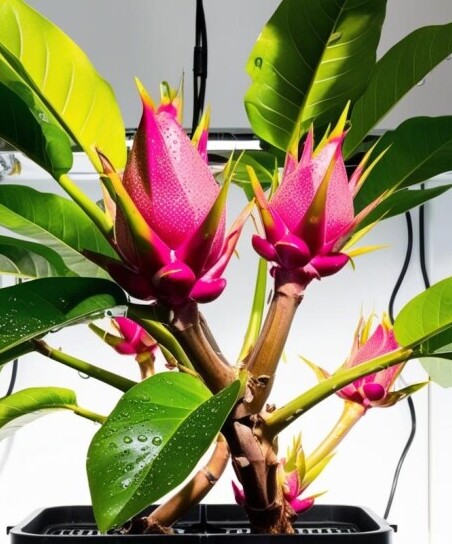
Benefits of Hydroponic Fruit Cultivation
Growing fruits hydroponically allows you to control their environment, leading to sweeter, more flavorful produce. It also reduces the risk of soil-borne diseases and pests, which can be a challenge in traditional gardening.
Overcoming Challenges
Fruit cultivation in hydroponics can be tricky due to the plants’ higher nutrient and light requirements. However, with proper care, such as using a high-quality nutrient solution and providing adequate lighting, you can successfully grow these unique fruits.
Conclusion
Hydroponic gardening is more than just a way to grow plants, it’s an opportunity to explore the unusual and the extraordinary. From exotic herbs and nutrient packed greens to stunning flowers and unique fruits, there’s no limit to what you can cultivate in a hydroponic system.
By diversifying your garden, you not only enhance its beauty and productivity but also contribute to a more sustainable and ecologically balanced world. So why not take the plunge and try growing something uncommon in your hydroponic setup? You might just discover a new favorite plant!
Happy gardening!

Exploring uncommon plants for hydroponic growth opens up so many possibilities beyond the usual choices. It’s exciting to think about the potential for unique flavors, medicinal benefits, or even ornamental plants thriving in a soil-free system.
Going outside the box often means that the thing you’re looking for is hard to find. Is it that way with these plants? Where can I get the best seeds/seedlings to start with the herbs you mentioned? I’m always looking for new herbs to try in my cooking and medicinal practices.